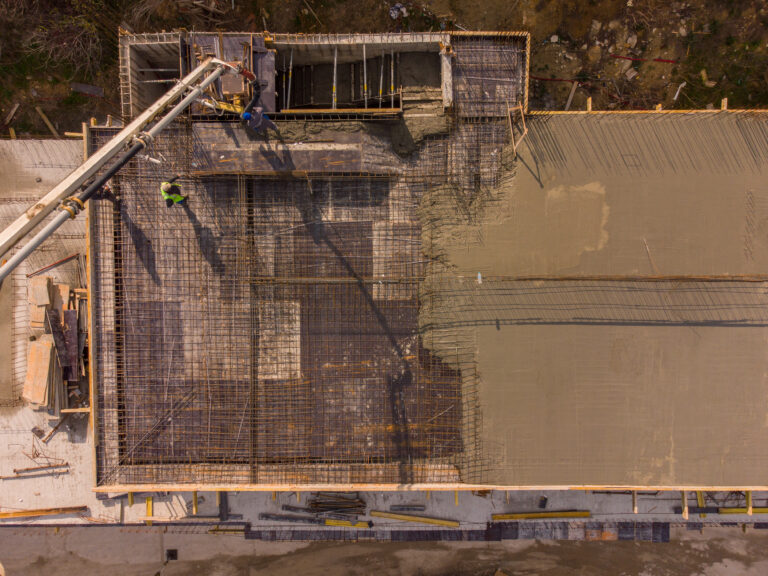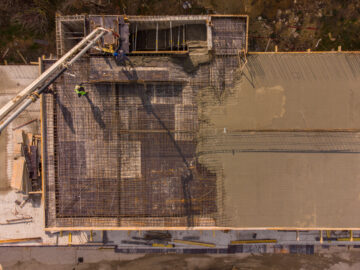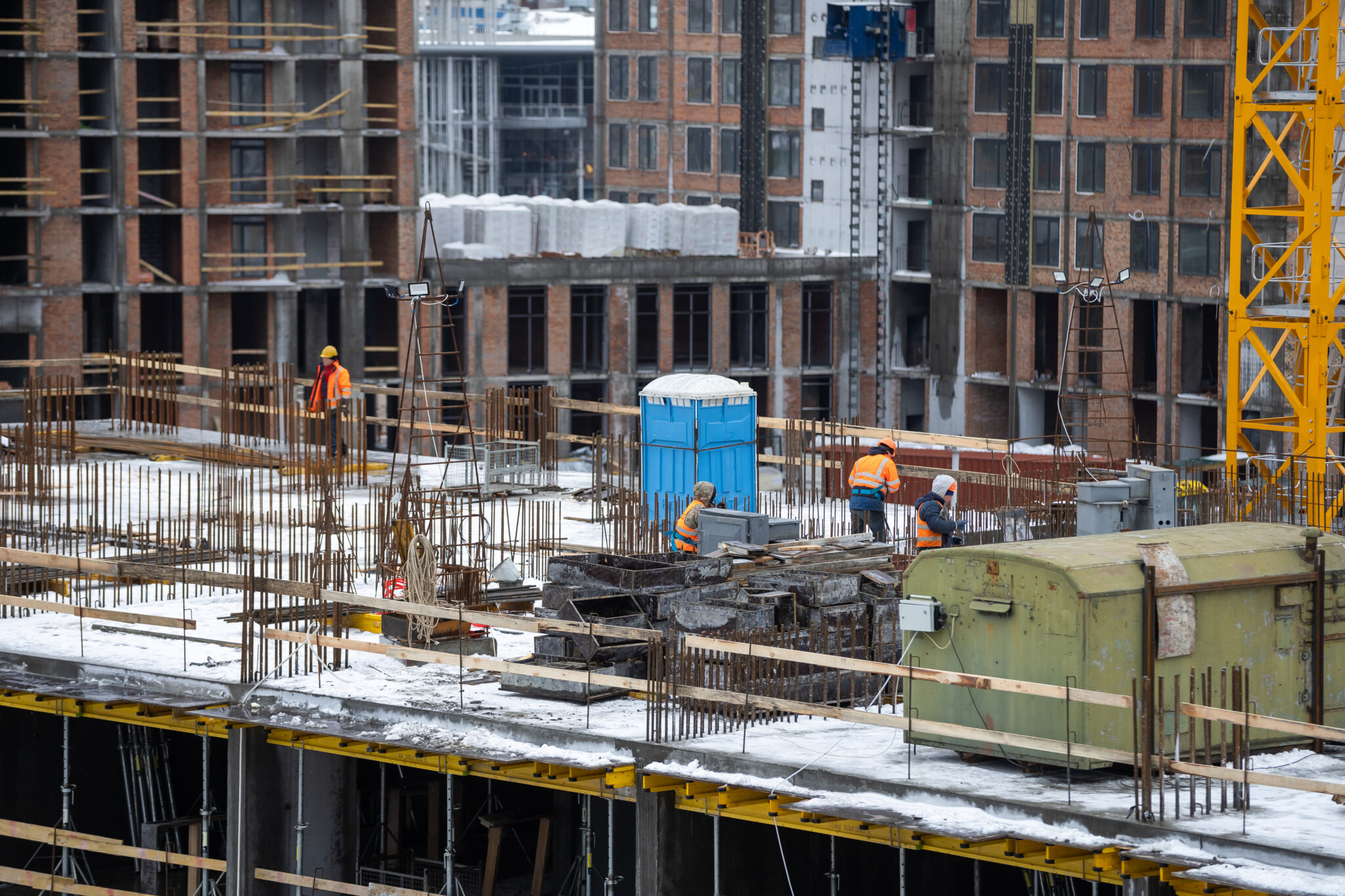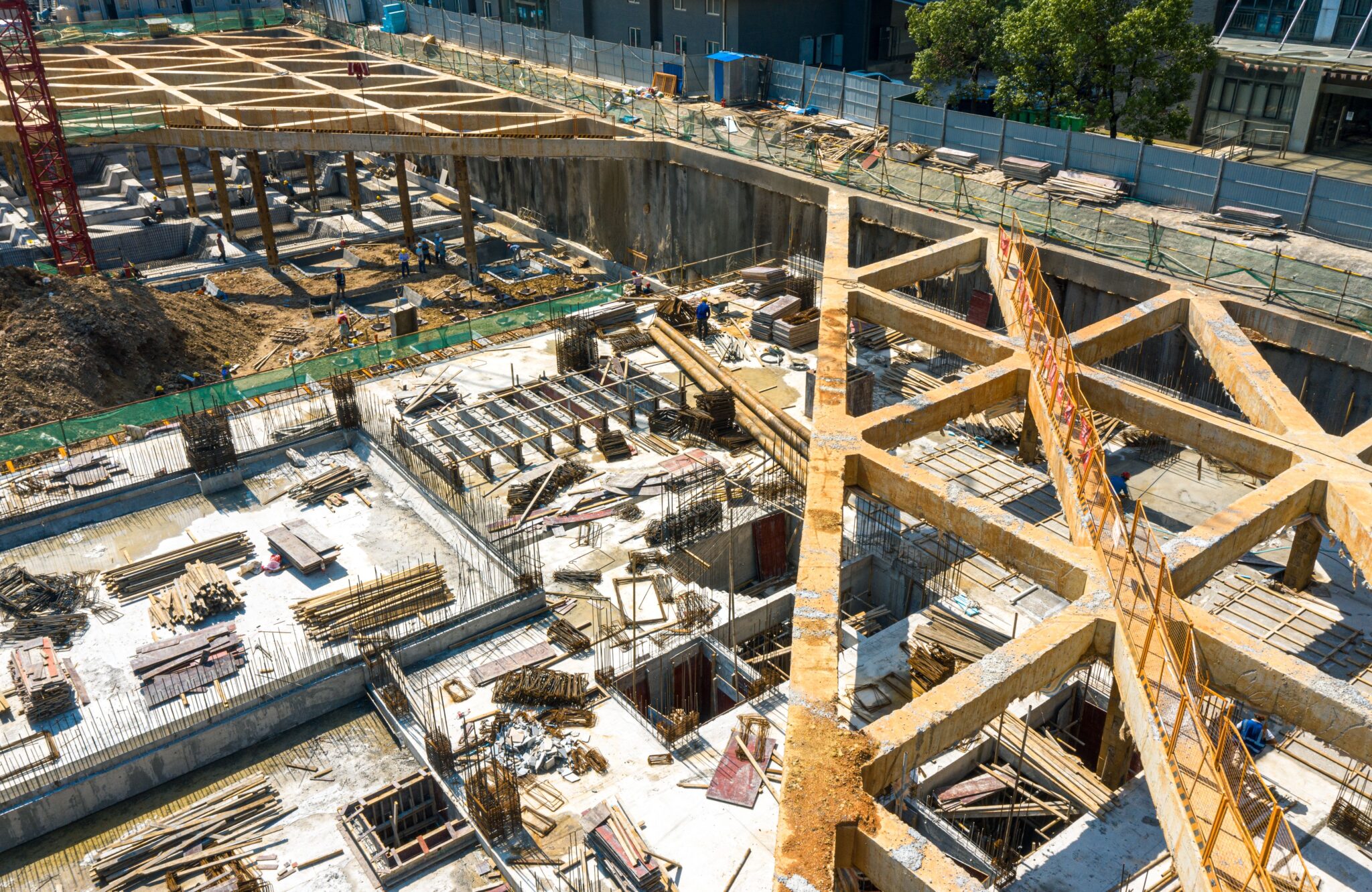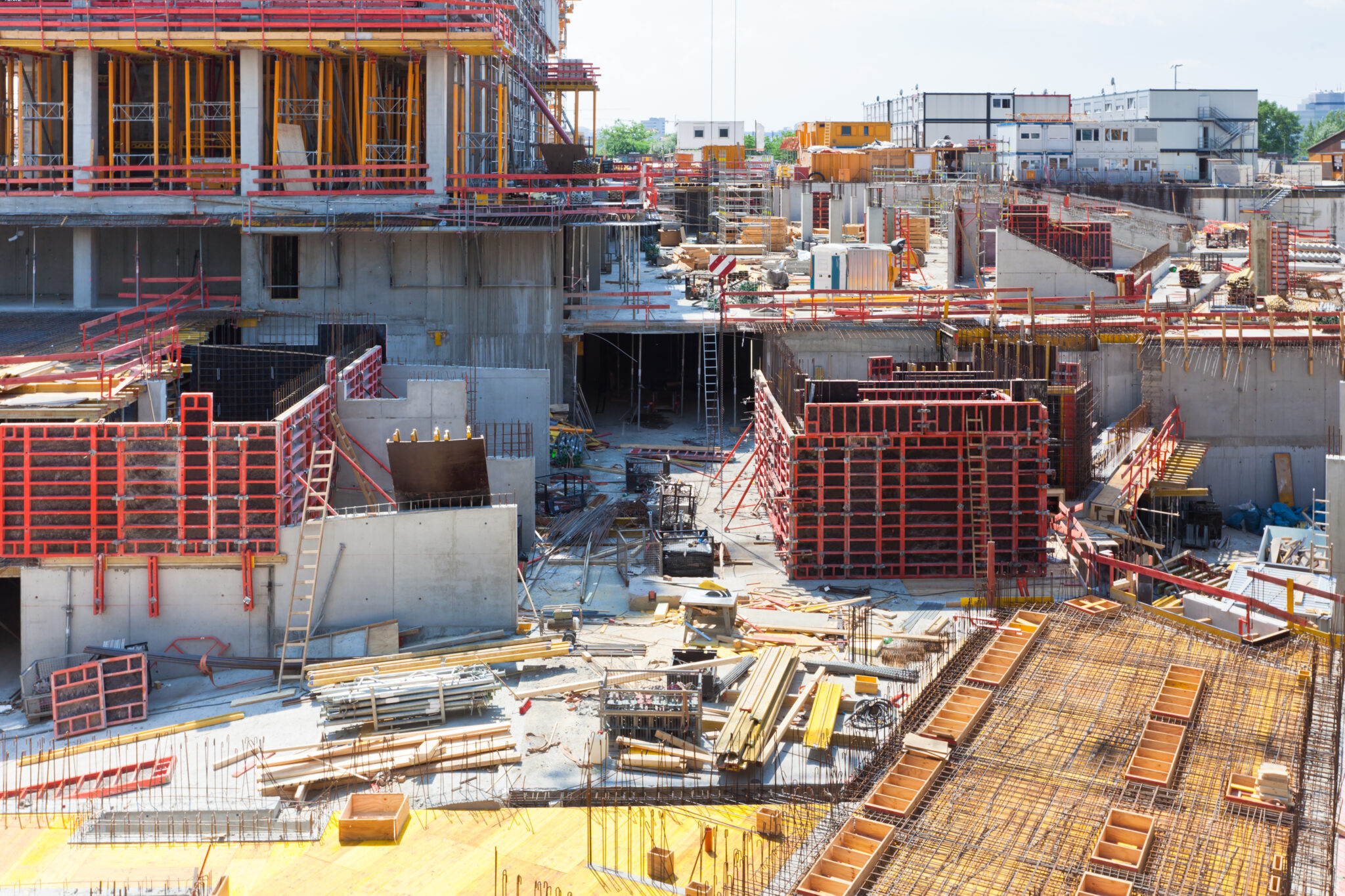Hot weather conditions pose significant challenges for concrete construction in Türkiye. High temperatures can affect the setting time, strength, and durability of concrete. This blog offers practical advice for managing hot weather concreting for regions like Türkiye.
Explore 12 Futuristic Technology Trends Solving Concrete's Biggest Challenges.
Challenges of Hot Weather Concreting
1. Rapid Evaporation
High temperatures can cause rapid evaporation of water from the concrete mix, leading to reduced workability and increased risk of cracking.
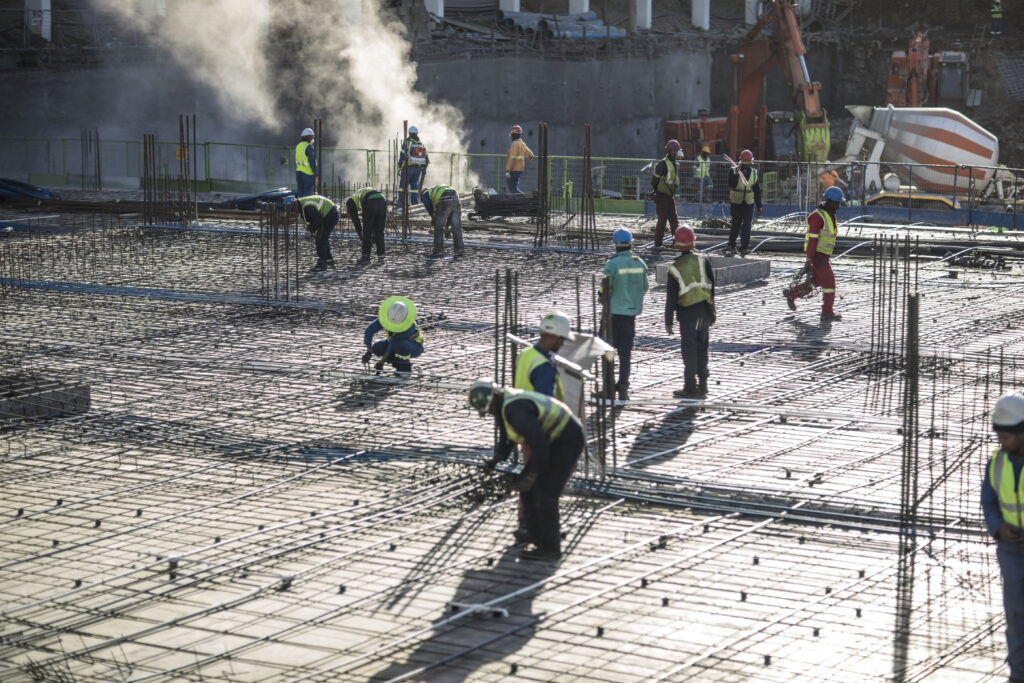
2. Accelerated Setting Time
Hot weather accelerates the setting time of concrete, making it difficult to place and finish the concrete properly.
3. Reduced Strength
If not managed properly, hot weather can lead to reduced strength and durability of the concrete due to improper hydration.
Solutions for Hot Weather Concreting
1. Use of Admixtures
Admixtures such as retarders can delay the setting time of concrete, allowing more time for placement and finishing. Superplasticizers can improve workability without increasing the water content.
2. Cooling the Ingredients
Pre-cooling the aggregates and using chilled water or ice can help lower the temperature of the concrete mix. This reduces the risk of rapid evaporation and accelerated setting.
Learn more about Why Is It Important to Cool Concrete in the Summer?
3. Proper Curing
Proper curing is essential to maintain the moisture content and temperature of the concrete. Methods such as water curing, using curing compounds, or covering the concrete with wet burlap can help prevent rapid drying and cracking.
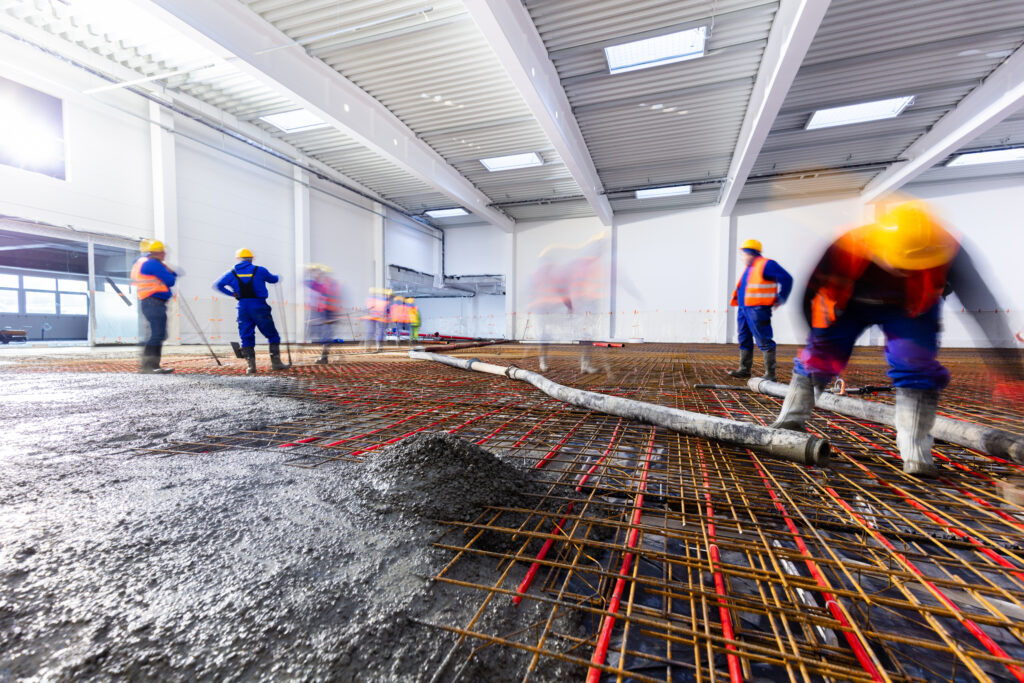
4. Scheduling and Planning
Plan concrete pours during cooler parts of the day, such as early morning or late evening. Avoid placing concrete during peak heat hours to minimize the impact of high temperatures.
5. Use of Shade and Windbreaks
Providing shade and using windbreaks can help protect the concrete from direct sunlight and wind, reducing the risk of rapid evaporation and temperature fluctuations.
So, What Does This Mean For You?
Adapting to hot weather concreting is crucial for the success of construction projects in Türkiye. By following best practices and using appropriate techniques, builders can ensure the quality and durability of their concrete structures. To dig a little deeper, learn next about Understanding the Challenges of the Maximum Temperature of Concrete in Mass Elements
